Runners need strong feet.
Your feet are your base. They hit the ground first with every step you take and bear the brunt of impact. Amazing structures with 26 bones, 33 joints and over 100 muscles, ligaments and tendons, strong feet help runners do important things. Things like balance, engage their cores and 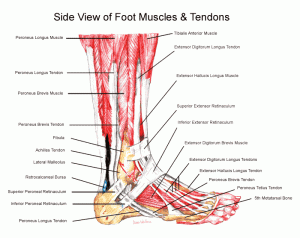 maintain proper posture. Of course, our feet don’t operate alone. They’re attached to our ankles so those need to be tough, too. Building a better athlete starts at the bottom with strength and stability in our feet and ankles. Here are some of Team ECRP‘s favorite ways to build a strong base:
maintain proper posture. Of course, our feet don’t operate alone. They’re attached to our ankles so those need to be tough, too. Building a better athlete starts at the bottom with strength and stability in our feet and ankles. Here are some of Team ECRP‘s favorite ways to build a strong base:
Bare them: Lose your shoes as much as you can. Go barefoot (or socked). Proprioception is the ability to sense where parts of our body are in relation to the others and the strength required for movement. It gets destroyed by wearing shoes. Limited proprioception makes us visually dependent and slows reactions times. It can also increase risk of injury. Bare feet improve our foot’s ability to respond to the ground it touches, even when it’s back in a shoe, for better balance and fewer potential missteps.
Work them: Do toe gymnastics. Spread your toes out as far as you can then pull them back together. Try moving each toe individually. You can also practice balancing on one foot. Keep your big toe flat and foot long to exercise the foot’s muscles. Work towards holding it for one minute with your eyes closed (an additional challenge). This will help develop balance and the strength of the tendons and ligaments that support your ankle. You might be surprised how hard this is on your first try but it can quickly improve with a little work.
 Love them: After all that work, strong feet need a little love. Take care of them with a roller ball or massage. The improved circulation will bring needed oxygen and nutrients to hard working muscles. It’s easy to do while you’re catching up on the paper or binging Netflix.
Love them: After all that work, strong feet need a little love. Take care of them with a roller ball or massage. The improved circulation will bring needed oxygen and nutrients to hard working muscles. It’s easy to do while you’re catching up on the paper or binging Netflix.
Remember that each step starts with your foot then rolls up through your body. Take good care of your feet and they’ll take good care of you.
Coach Meredith

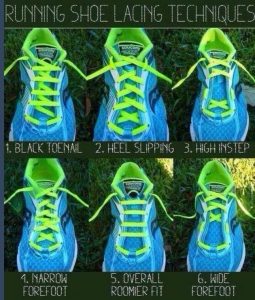 of your shin pain is to check the things on your feet. Connected to your ankle and therefore your shin bone, anything awry with your foot can lead to serious problems anywhere above it. How? Our feet
of your shin pain is to check the things on your feet. Connected to your ankle and therefore your shin bone, anything awry with your foot can lead to serious problems anywhere above it. How? Our feet 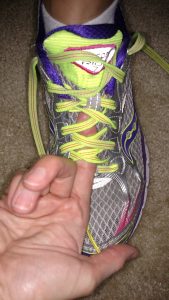 flex to absorb impact every time we land, they move around to help us balance and are how power goes from our bodies to the ground. If our shoes are tied too tightly we take that away from them.
flex to absorb impact every time we land, they move around to help us balance and are how power goes from our bodies to the ground. If our shoes are tied too tightly we take that away from them. problem.
problem.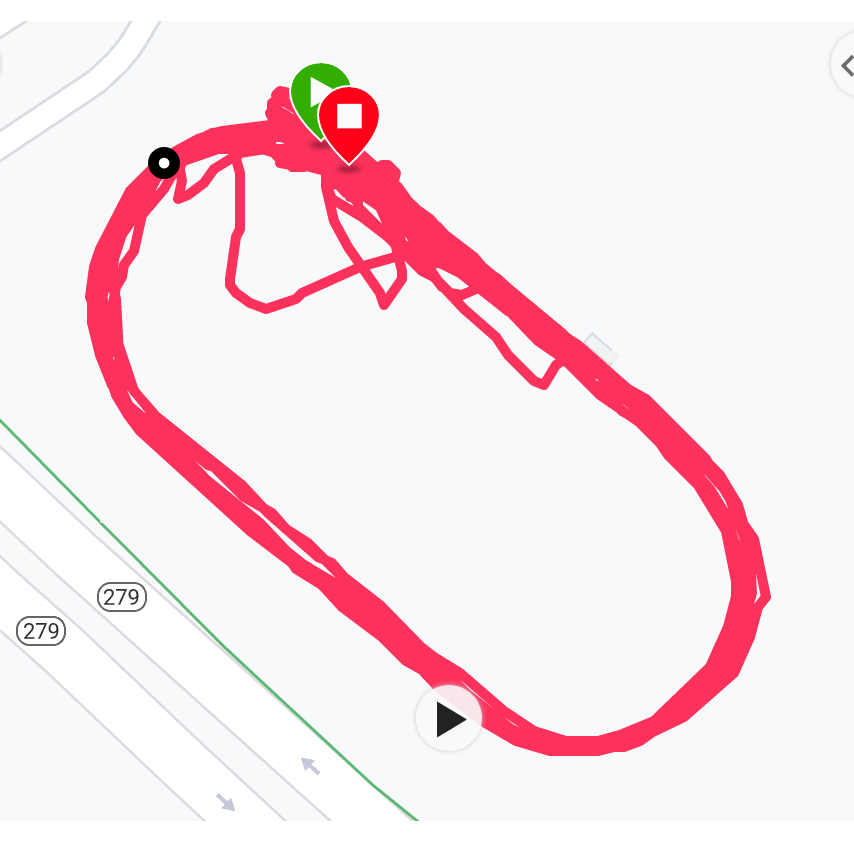

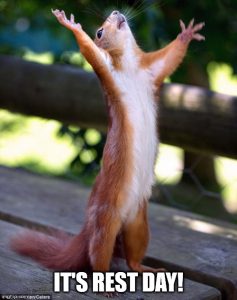 decide if you liked something, didn’t like it, did it well or had an ugly workout. Knowing what made each session great or not-so-great will help you adjust your plan. Then you can adjust and move forward in a positive way.
decide if you liked something, didn’t like it, did it well or had an ugly workout. Knowing what made each session great or not-so-great will help you adjust your plan. Then you can adjust and move forward in a positive way.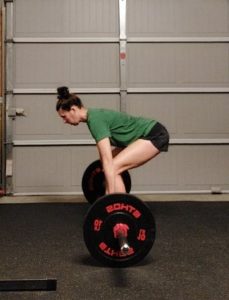 Spinning or cycling is a fun alternative to hitting the track and it’s also a great way to work on increasing your cadence. A higher cadence means more efficient running and the bike is a perfect place to get your legs used to moving faster. Cycling with tension uses leg muscles similarly to running uphill without the impact, reducing risk of an injury while building strength. Hit the trails on a mountain bike or join a spin class to reap the benefits.
Spinning or cycling is a fun alternative to hitting the track and it’s also a great way to work on increasing your cadence. A higher cadence means more efficient running and the bike is a perfect place to get your legs used to moving faster. Cycling with tension uses leg muscles similarly to running uphill without the impact, reducing risk of an injury while building strength. Hit the trails on a mountain bike or join a spin class to reap the benefits.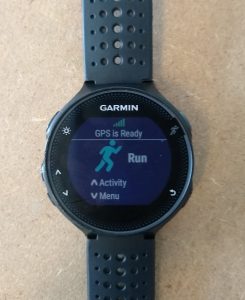
 Sports drinks, electrolyte and salt tabs or even some table salt added to your water are also good ways to ensure your body gets what it looses from sweating out there in the warmth.
Sports drinks, electrolyte and salt tabs or even some table salt added to your water are also good ways to ensure your body gets what it looses from sweating out there in the warmth.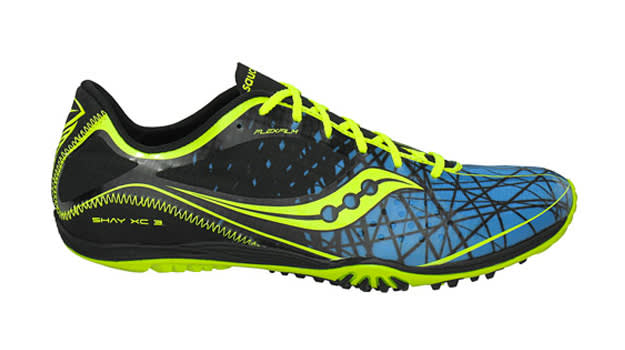
 or burnout. The purpose of easy running is to
or burnout. The purpose of easy running is to